Seoul, Jul.28,2015 – Oct.11,2015 (70th Anniversary), May.27,2015 ~ Aug.02,2015 (World of Xijing), Apr.14,2015 ~ Aug.23,2015 (Interplay), Nov.04,2014 ~ Sep.13,2015 (Port of Reflections) http://www.mmca.go.kr
The main and newest branch (Seoul Branch) of the National Museum of Modern and Contemporary Art (MMCA) is a huge space next to Gyeongbokgung Palace opened in 2013. The large monolithic spaces are all mostly underground, which gives it a feeling of a huge underground bunker storage space. Maybe an exemplary place for holding an exhibition commemorating the 70th Anniversary of Liberation (from Japanese occupation).
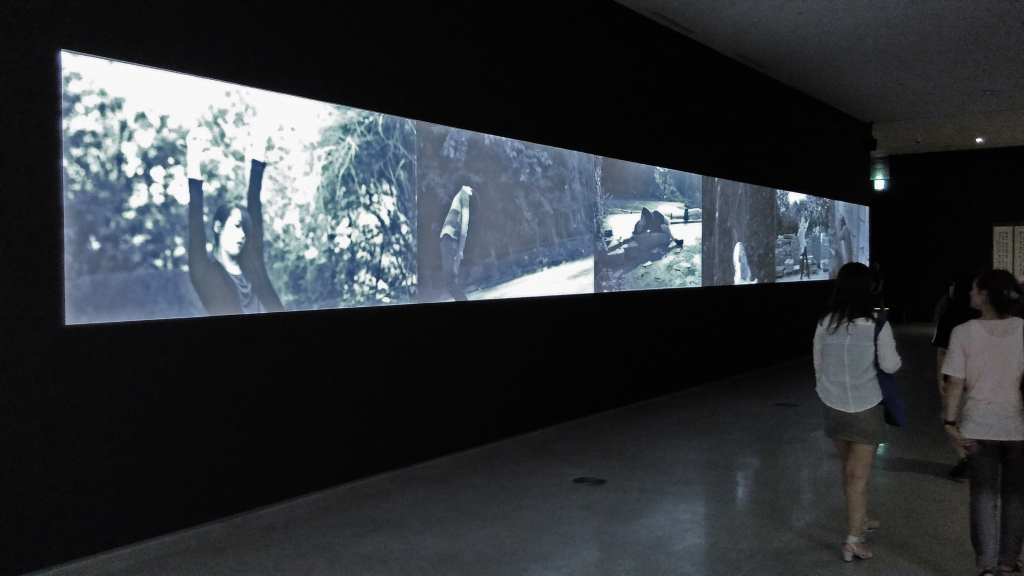
Jungju An: Ten single shots (2013) – the first work one saw in the Commemorative Exhibition of the 70th Anniversary of Liberation
“Commemorative Exhibition of the 70th Anniversary of Liberation: the Great Journey with the Citizens Uproarious, Heated, Inundated” is an exhibition commemorating the 70th anniversary of the end of World War II.
The exhibition was divided into three chronological parts, based on economic progress: The post-war reconstruction and identity building (“Uproarious”), the industrialization/boom phase (Heated) and the “postmodern” 1990’s and 2000’s (“Innundated”). Inside of this three periods, paintings were hanging up to 5 or 10 meters high within the monumental space. The installation and amount of work was overwhelming, but it was a difficult task to find one’s way through all the artworks, navigating the handout containing artist names and artworks with corresponding numbers.
The exhibition obviously has a celebratory and political meaning, but it is difficult to judge it in the contemporary art context. How can one succeed or fail, given such an immense task as staging a show covering 70 years in all media and disciplines in order to celebrate the birth of the modern Korean nation?
“World of Xijing” was a show put together as a collaborative project of three established artists Gimhongsok, Chen Shaoxiong and Tsuyoshi Ozawa. It is a project about an imaginary “Western Capital” (Xi Jing in Chinese). The artists created a mash up of different ideas they came across in their daily lives, creating a caricature version of a city-state. At the “immigration control” one was supposed to dance, in the next room the objects-remains of Xijing Olympic Games were visible (presenting various nonsensical games like paper-doll diving or sliding on the belly in white paint). Next rooms followed up with an absurd Xijing theathre, a Xijing school (where people sleep) and a meeting room of Xijing presidents. The last room featured individual works of the three artists.
The exhibition was playful and funny, for my taste it was bordering on the ridiculous. It seemed as if after all the “serious work” the three artists did in their own careers, they wanted to return to their art-school age once again and have some fun. In contrast with the high quality work presented in the last room (individual works of the artists), the whole Xijing project seemed like a joke to me. Out of the three artists, I am only slightly familiar with Gimhongsok, and I can very much relate this to his “style” which is also playing with this border between reality and theater, between being serious and ridiculous. Even though I don’t know the two other artists well, I dare to guess that the theatricality and feeling of ridiculousness in this project comes mainly from Gimhongsok, now fueled further by his two friends. Compared to Gimhongsok’s own work, I missed the material precision. The project elements were assembled of random appropriated logos, objects, etc. And they were made from cheap materials, not like Gimhongsok’s broze sculptures.
Lastly, this is not the first time artists decided to create an imaginary city/state – NSK State comes to my mind as fist – but there is a long tradition in this, from utopian fiction to political activism (see https://en.wikipedia.org/wiki/Micronation and https://en.wikipedia.org/wiki/Fictional_country). Xijing adds to this list. The project is more on the poetic side, trying to entertain, but steering clear of any strong opinions or positions. In that aspect it is exemplary of the political situation in the countries where the artists come from, and represents a very neutral ‘common sense’ approach of the majority towards authority: Better don’t offend anyone. In People’s Republic of China, it is obviously against the law to voice one’s own political convictions, but even in Korea or Japan, strong hierarchies and no-go areas exist within the political discourse. If Xijing is mainly meant to reproduce the absurdities the artists live in, then the perception of the show will depend on how funny the audience finds the slapstick comedy presented – a matter of taste.
“Interplay” was an exhibition spreading over four large spaces, each devoted to one artist: avaf (Assume Vivid Astro Focus) Ross Manning, Jinnie Seo and Shinji Ohmaki. All the works were monumental installation addressing the senses of the viewers. avaf covered all walls and floors with his trademark colorful graphic wallpapers and videos, it was the first time to see his work, and it was quite enjoyable, only the lighting could have been better (it was the old dilemma between more light and less light in a room where prints and videos are shown together). Jinnie Seo folded something that looked like plastic sheets using strong magnets, all under a large hanging net. Again the lighting was problematic and the visitor barriers surrounding the work took away some of the joy, giving the space more a warehouse passage feel. Ross Mannings colorful rotating neon lights, moving with the help of electric fans looked a bit dire, as if the space was too big for them. Shinji Omaki’s experiential-tactile installation consisting of thousands of thread hung from the ceiling was engaging. It was clear why it has been placed at the end of the 4 room journey, as it has been a kind of highlight between the four works.
I found “Interplay” enjoyable. It presented four very different positions. The space was quite challenging, and each artist solved the challenge in his own way, and the visitors could take in the atmosphere created. The show engaged the senses, but did not overload the visitors.
Lastly, the central space of MMCA Seoul – the “Hanjin Shipping Box” featured Leandro Erlich’s “Port of Reflections”. This space is reserved for large scale installations, and this indeed was a very large one. It had a surrealist feel: Three ships floating in the air, with their shadows, broken by water reflections, sculpted beneath them. It was minutely made, and well lit (this space spanned both the underground bunker area and the over ground glass cube gallery). Given that the harbor motive and the Hanjin sponsorship (major shipping and logistics company), it seemed a bit too straightforward to me. Like a car sculpture exhibition in a Volkswagen factory.
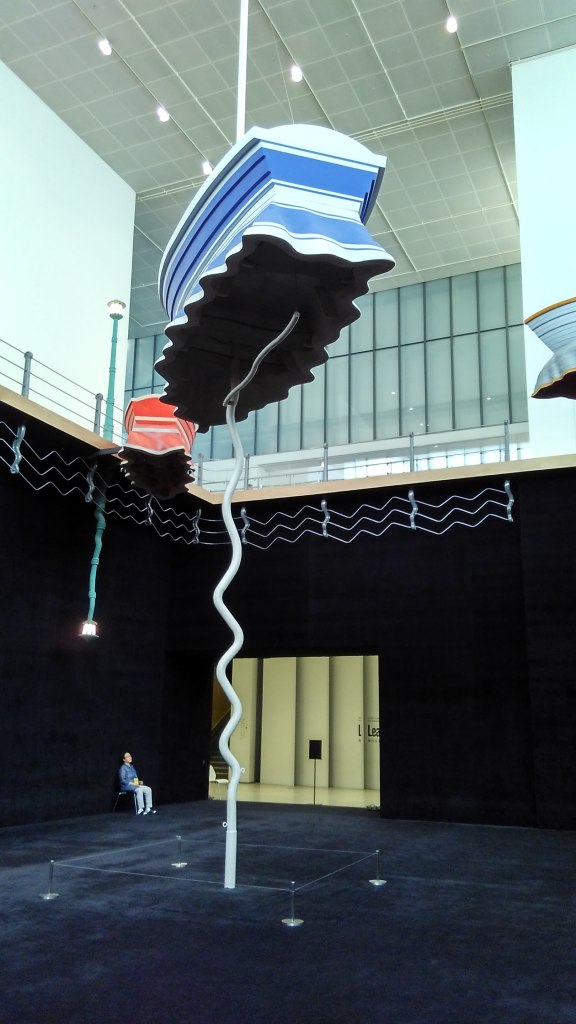
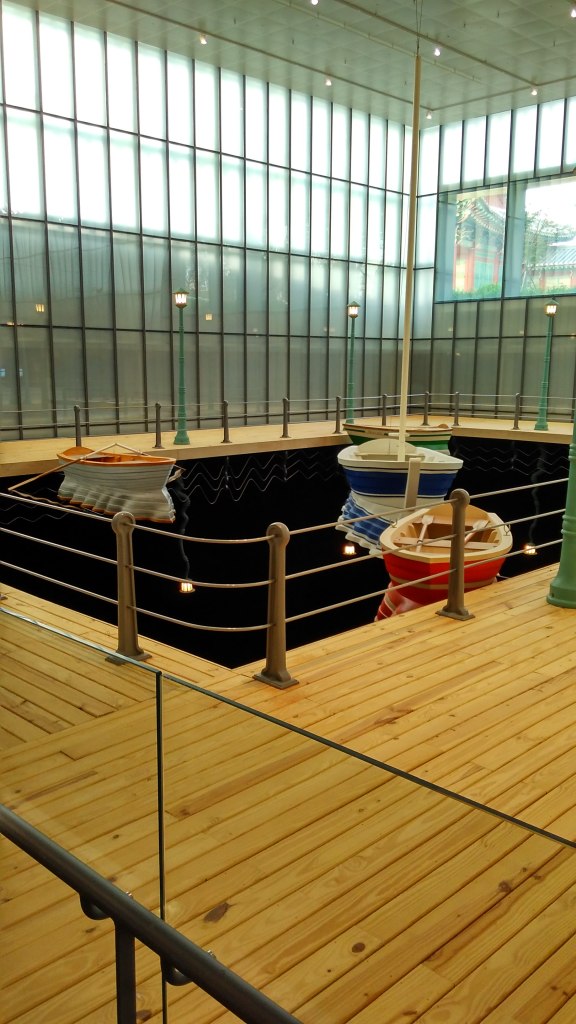 It was good to see the shows. They all had artworks worthy to see, and everything was well installed. I see the problematic points of the whole building in the lighting. It all seems a bit dark and dim. Another creepy feeling is that of too much non-art interference. MMCA is a state-owned museum, but even as such, it should have the autonomy to make their own artistic programming decisions. In the cases of the 70th Anniversary exhibition and Leandro Erlich’s exhibition, external influences and directives on curatorial decisions were too obvious for my taste.
It was good to see the shows. They all had artworks worthy to see, and everything was well installed. I see the problematic points of the whole building in the lighting. It all seems a bit dark and dim. Another creepy feeling is that of too much non-art interference. MMCA is a state-owned museum, but even as such, it should have the autonomy to make their own artistic programming decisions. In the cases of the 70th Anniversary exhibition and Leandro Erlich’s exhibition, external influences and directives on curatorial decisions were too obvious for my taste.

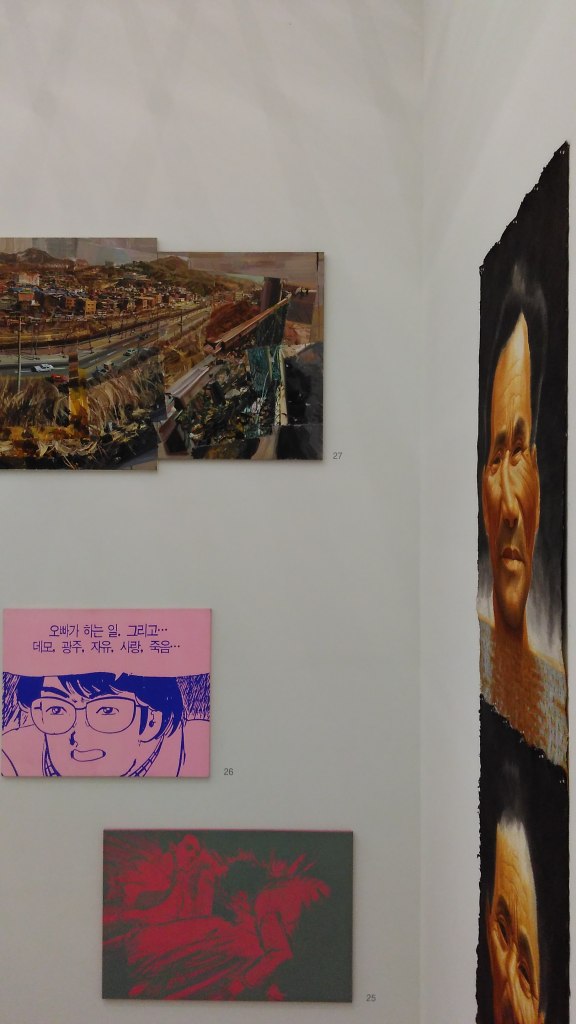
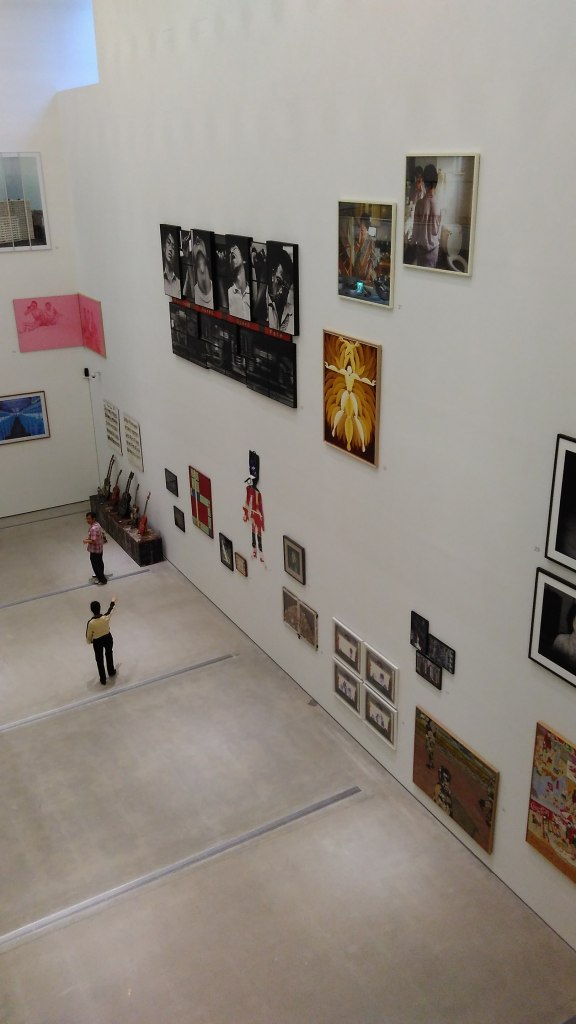

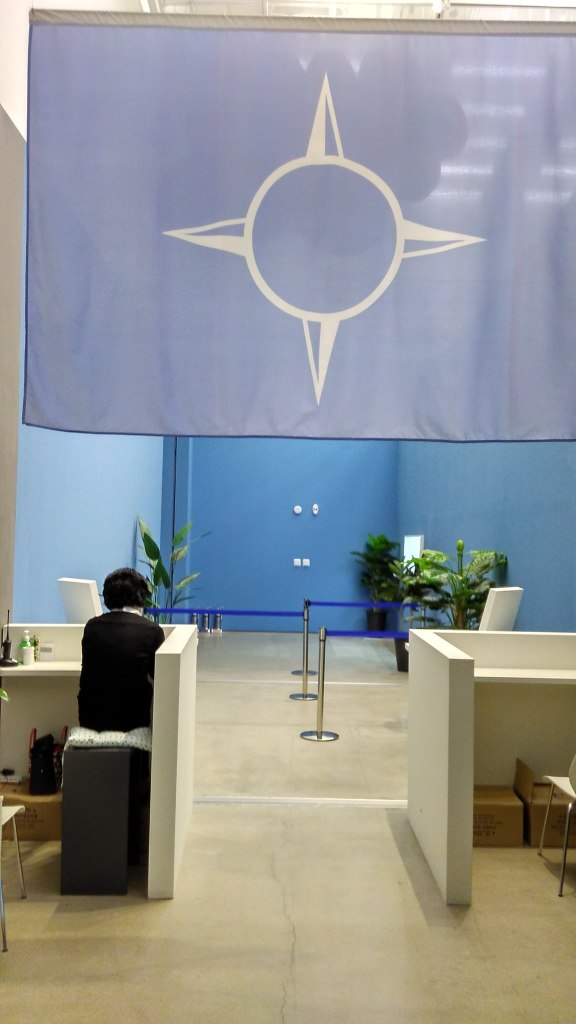
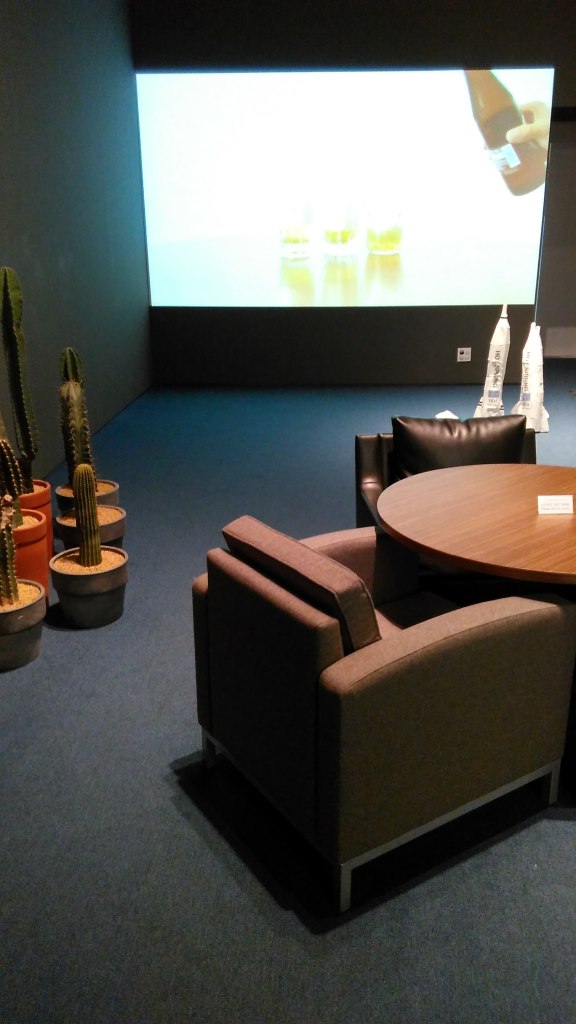

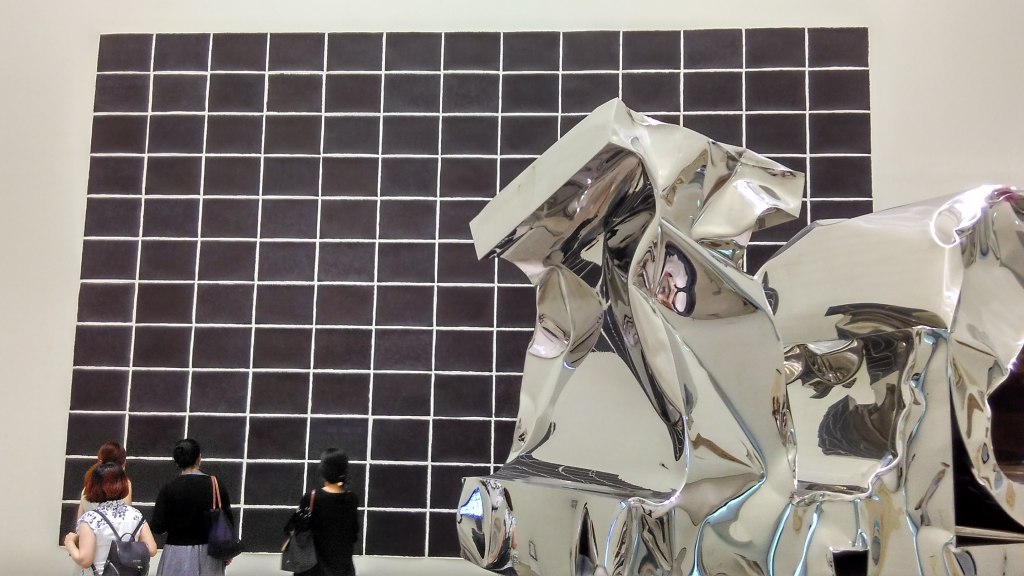
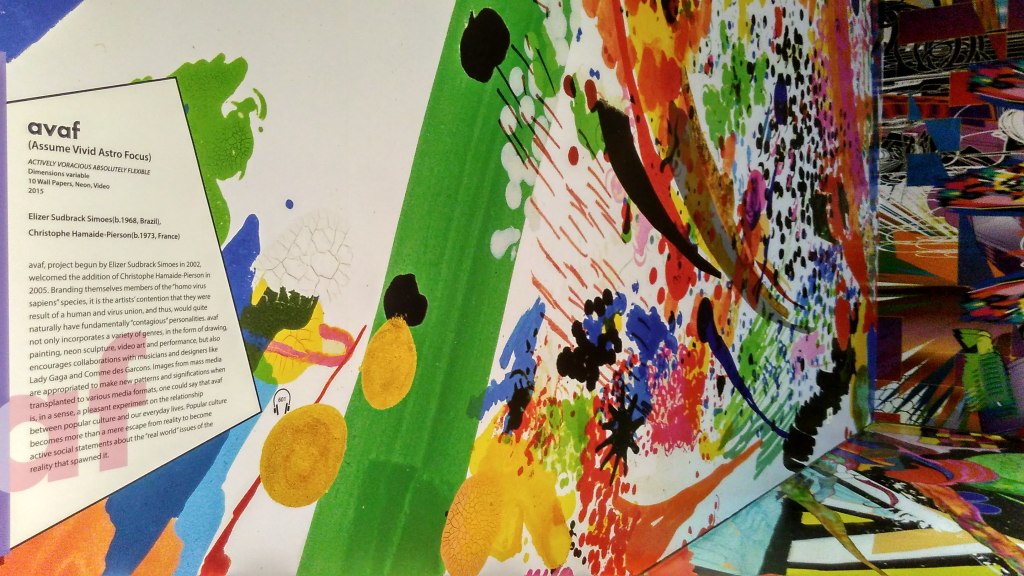
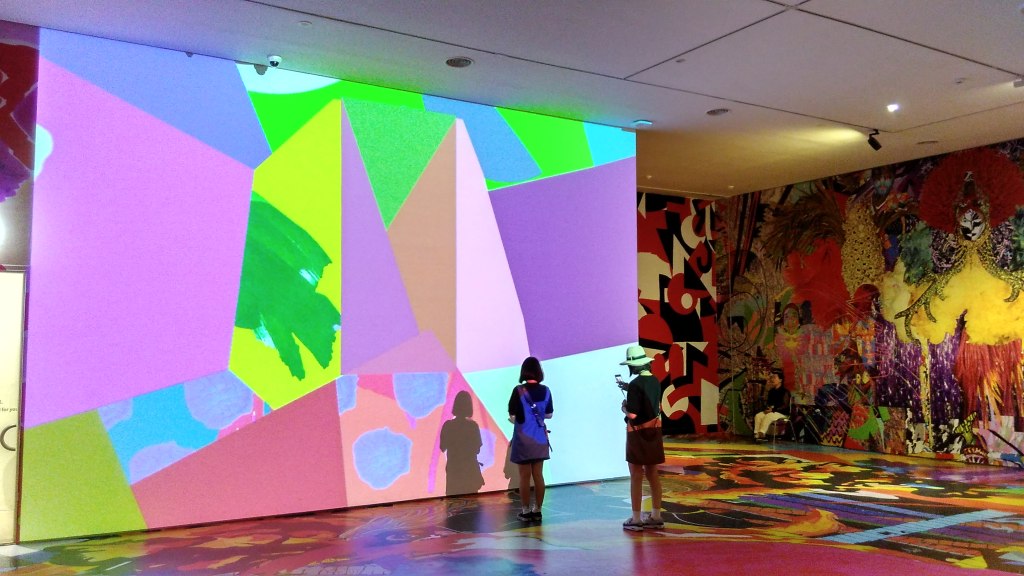
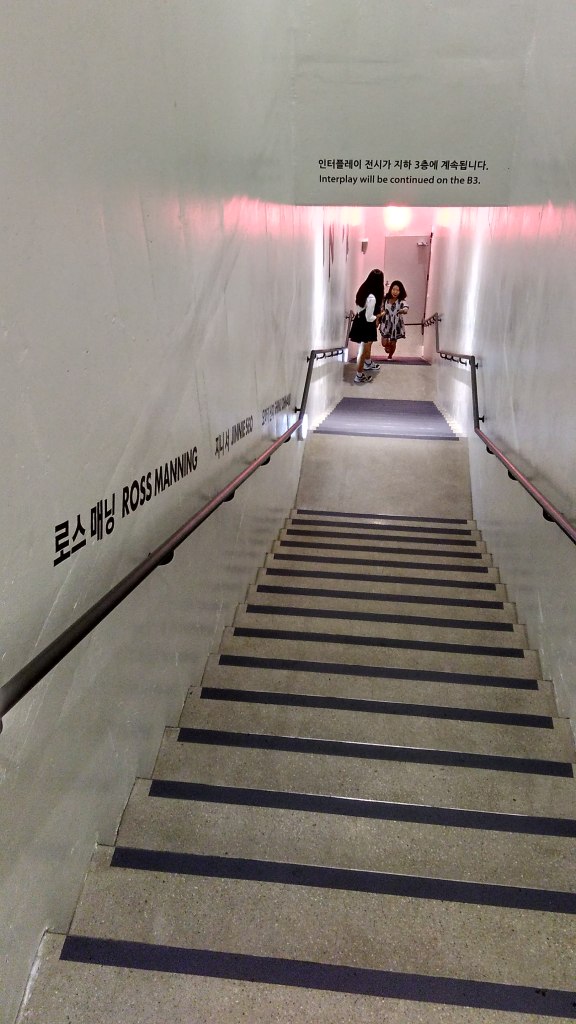
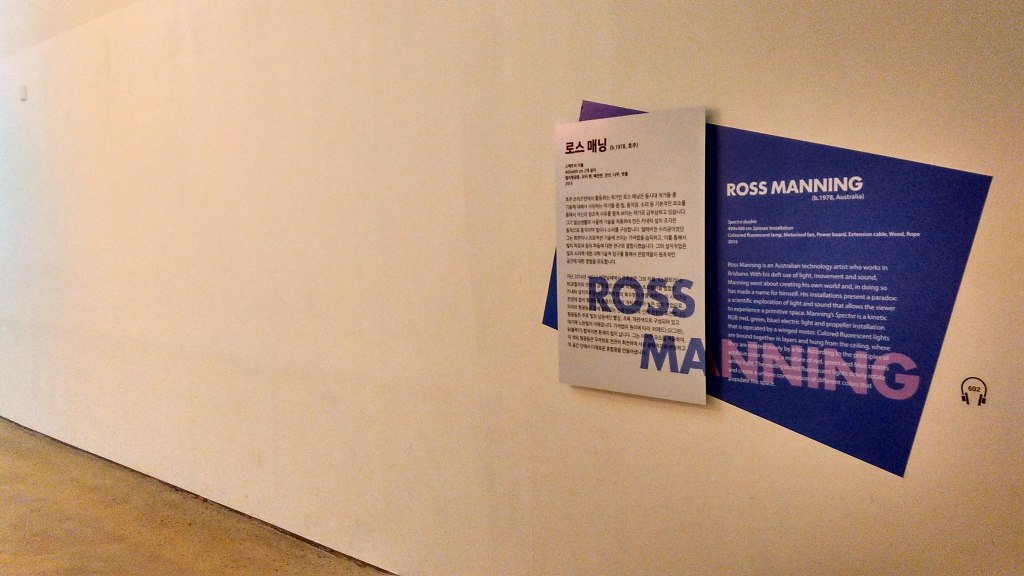
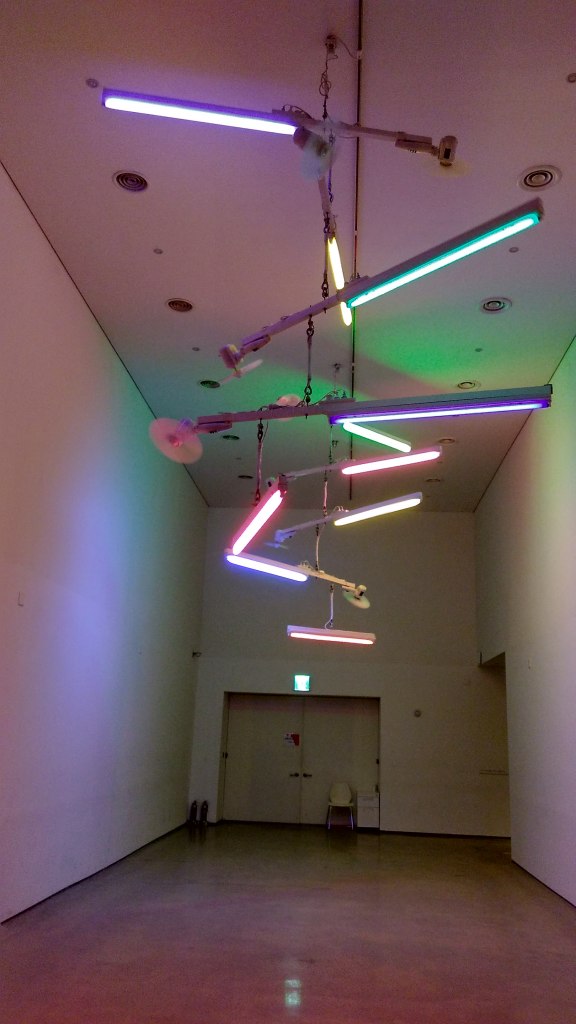

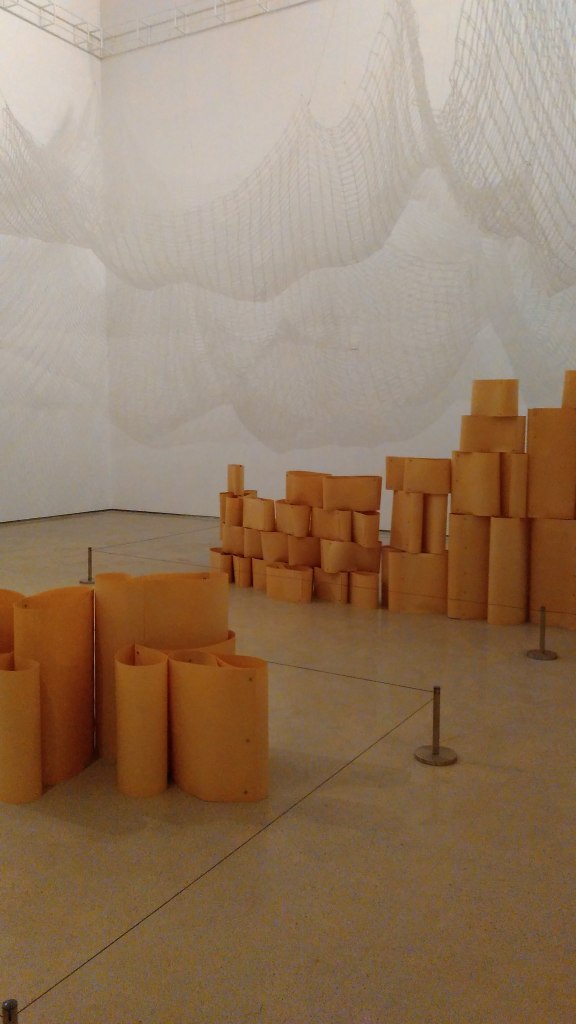
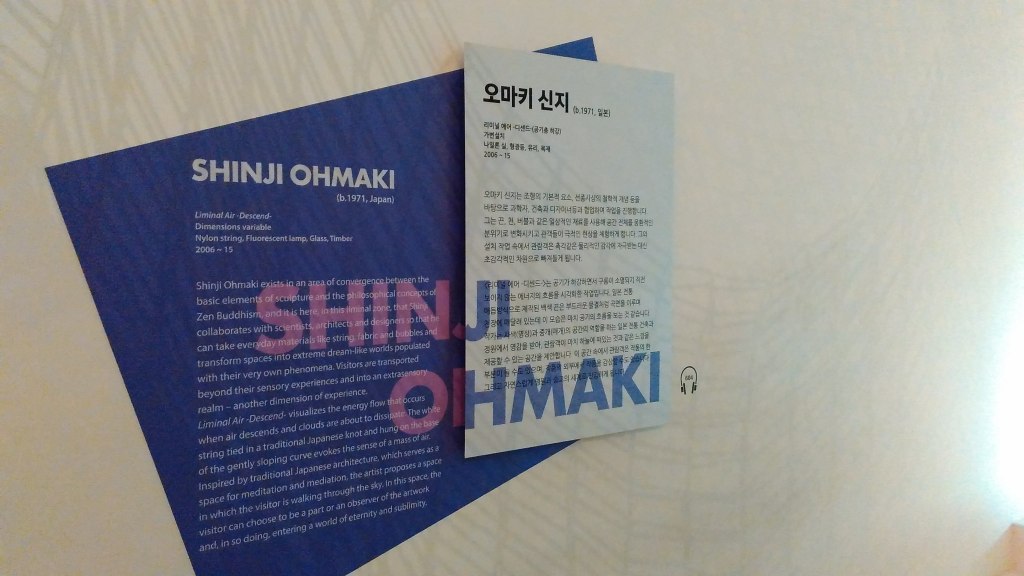
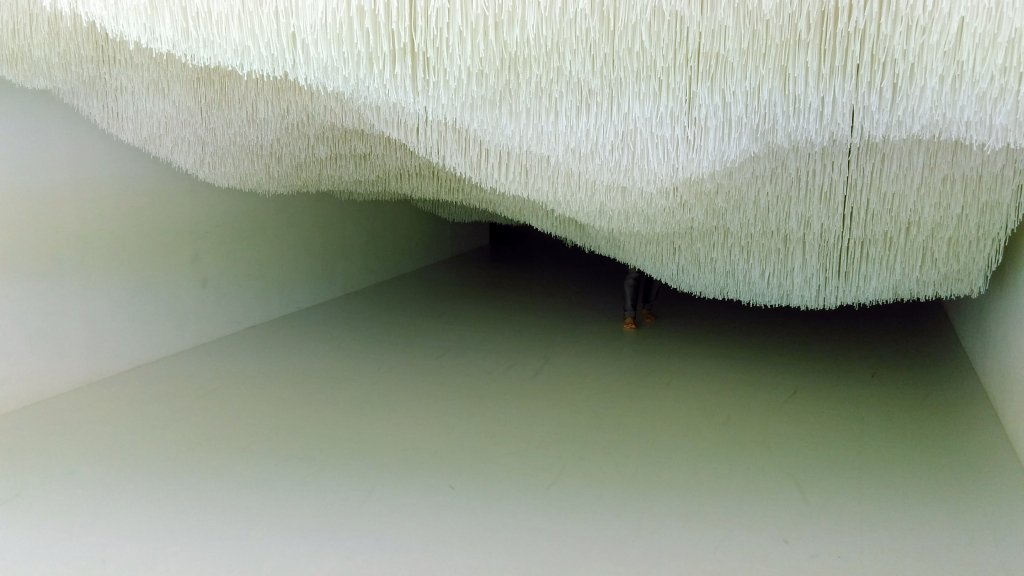
1 comment for “MMCA Seoul “Commemorative Exhibition of the 70th Anniversary of Liberation: the Great Journey with the Citizens Uproarious, Heated, Inundated” + Gimhongsok, Chen Shaoxiong, Tsuyoshi Ozawa: “World of Xijing” + avaf, Ross Manning, Jinnie Seo, Shinji Ohmaki “Interplay” + Leandro Erlich “Port of Reflections””